
The mainstream boating market has exploded and it's the biggest news that nobody is talking about.
We love talking about superyachts, who in this industry doesn’t? They’re easy to get excited about. They’re huge, beautiful, packed with luxury and mystique, and they sit right on the bleeding edge of technology.
But even with the excitement and innovation that the superyacht industry has to offer, there’s something equally as exciting happening elsewhere in boating, and it doesn’t involve 60+ metre boats.
I’m referring, of course, to what I like to call the mainstream boating industry, and it is exploding right now. In this article, we’ll look at what it is that makes the mainstream boating industry so exciting right now, why all of it matters to the future of the superyacht industry, and - crucially - why it’s time that we started talking about it.
Social distancing = environmental intimacy
The advent of Covid, with its need for ‘social distancing’, and our new fear of crowds and socialising, has led to a surge in boat sales throughout the mainstream boating industry, in almost every market worldwide.
With ongoing shutdowns of public gatherings, and many countries playing hopscotch in and out of various forms of lockdown, people all over have turned to the water as a means to get out of the house and have fun in a safe and healthy manner. Boating has become the primary interface for people seeking an opportunity to practice social distancing while enjoying a new relationship with their environment and the water.
Most of all, it means that all of these people have a new relationship with the boating industry that all of us in the industry should be very excited about.
This new interest that the public is showing in boating is both sustained and significant. Almost every week I hear anecdotal discussions of brokerage showrooms being cleared out of inventory, and of long lead times for new stock.
Boats are hitting the water at an almost unprecedented pace, but do the numbers bear that out?
At the time of writing, various brokerages had begun reporting their first sets of financial results for 2021, and so far the answer is very much: Yes!
Boat sales are surging
Last month (April 2021), US-based brokerage MarineMax announced in a statement that its Q2 revenue had increased 70% for this quarter, in comparison to the same period last year. Total sales were at $523.1m, up from $308.5m the previous year.
And they are not alone.
US boatbuilder Malibu Boats reported in May 2021 that its Q3 sales were up 50%, to a total of $273.2m, resulting in net income of $35.1m. The company said this was a record result for the group, but it wasn’t only that their sales numbers were up; the actual number of boats sold had increased by 37% as well.
Meanwhile, Marine Products Corp, which builds Chaparral, Robalo, and Vortex boats, reported a 33% increase in net sales, for a total of $59.1m.
Polaris, too, reported a 39% first-quarter sales increase versus the same period last year. There are plenty of similar stories like this; I could easily continue.
More sales means more demands on the yards
This surge in global demand for new boats in the mainstream boating market is so strong that many boatbuilders are now expanding their facilities at breakneck speed to meet it.
Cruisers yachts, which manufactures a range of 16 boats, just bought a 20,000 sqm facility to support its rapid growth. The new factory will double the company’s previous capacity and is expected to create 150 new jobs.
Barletta - which manufactures pontoon boats - recently opened its brand new 13,563sqm factory that will double the company’s previous output capacity.
And in January this year, Brunswick announced that it would be reopening its old Sea Ray boats factory in Palm Coast, to create an additional production space for its Boston Whaler brand. This new 21,000sqm location will operate in addition to Boston Whaler’s existing 51,000 sqm facility not far away from it. The new factory is expected to create 300-400 jobs in the next 18 months in addition to the 1,200 people already employed at the existing location.
These are just some of the examples. There are loads more.
Clearly then, the mainstream boating industry is enjoying record growth, but what does this mean for the superyacht industry in general and specifically for those of us in the media? Well, it’s simple: It’s time to reach a broader audience.
It’s safe to say that, for many passionate boaters, the hobby is an endless treadmill of upgrades to larger and larger boats. The human condition is that we’re never satisfied with what we have, and so as boaters, we’re always browsing the various brokerages, looking out for our next boat. Indeed, there’s no doubt that for a great deal of the people hitting the water now with their new boats, that window shopping has already begun.
More importantly, though, many of the people buying their first 20-something foot centre console fishing boat, or 30-foot sailing yacht today, will gradually upgrade their boats until someday they go on to order the massive, advanced superyachts that right now exist only as design concepts in magazines or on LinkedIn profiles.
And that is why the mainstream boating industry matters to the superyacht industry: It is the incubator producing tomorrow’s superyacht owners.
If we as the media want to reach and build relationships with tomorrow’s superyacht owners, we need to start talking to today’s mainstream boating audience. As far as I’m concerned, if we want to do that effectively, we need to match or beat the enthusiasm that that audience has for their brands. We need to bring youthful energy, huge passion and total commitment to a new kind of coverage of a vital part of the market. As we’ve seen, mainstream boating right now is not only extremely exciting, but it’s also evolving at a blistering pace.
For all of those reasons, Superyachtstories.com has plans to enter the mainstream boating journalism arena. Watch this space.

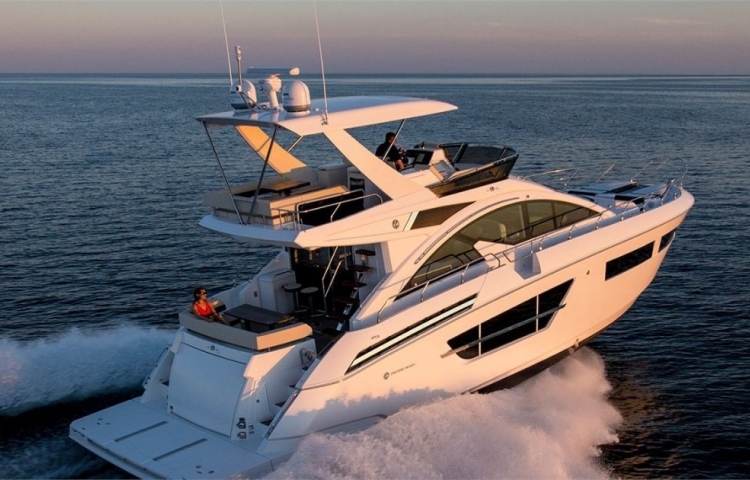
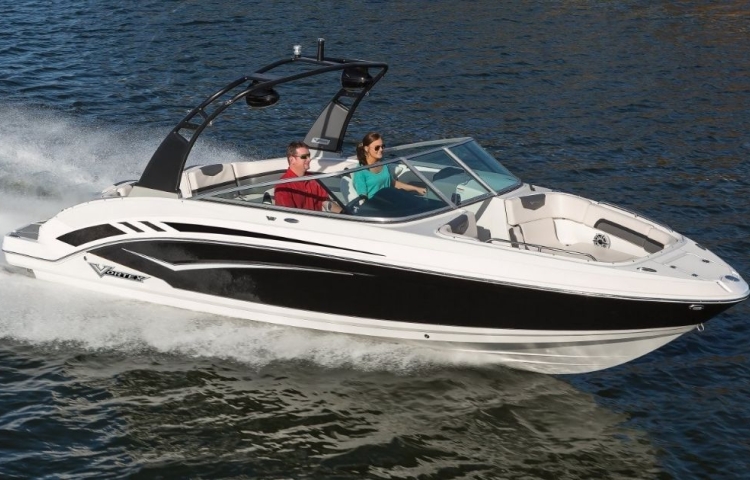

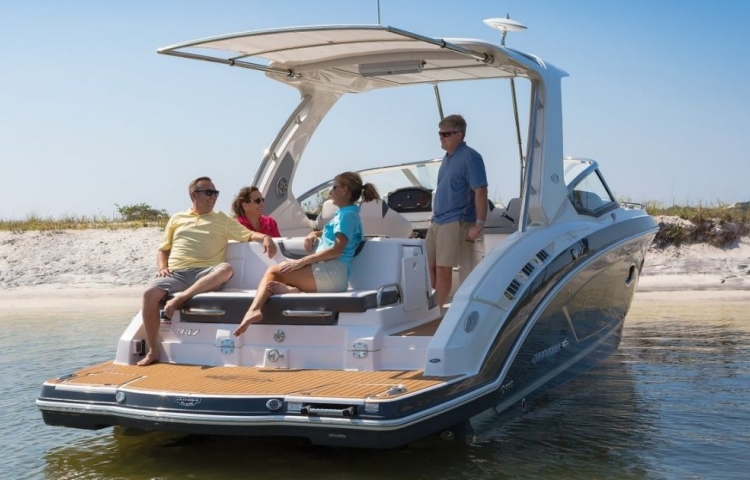
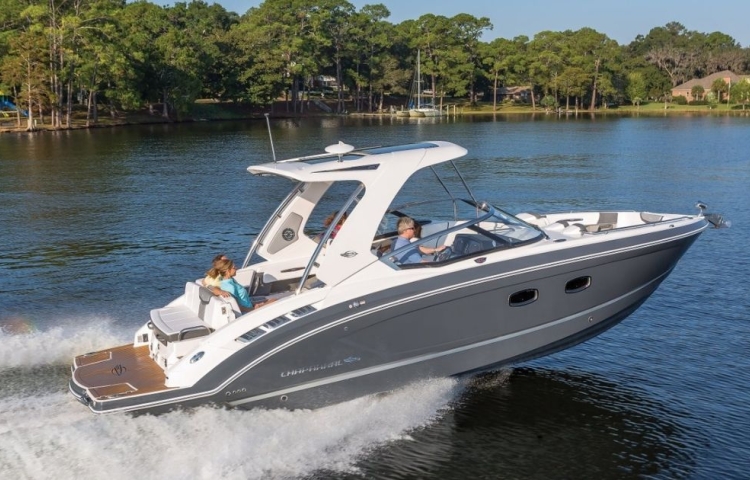
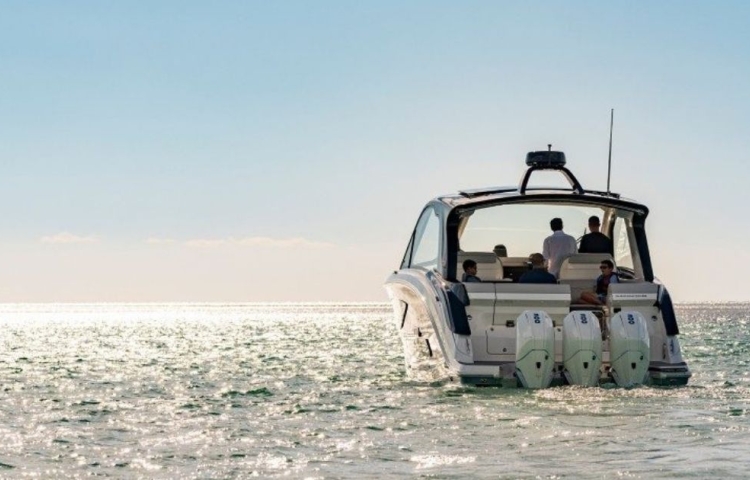
Post your comment
You cannot post comments until you have logged in.
Login to post a commentComments
No one has commented on this page yet.
RSS feed for comments on this page | RSS feed for all comments